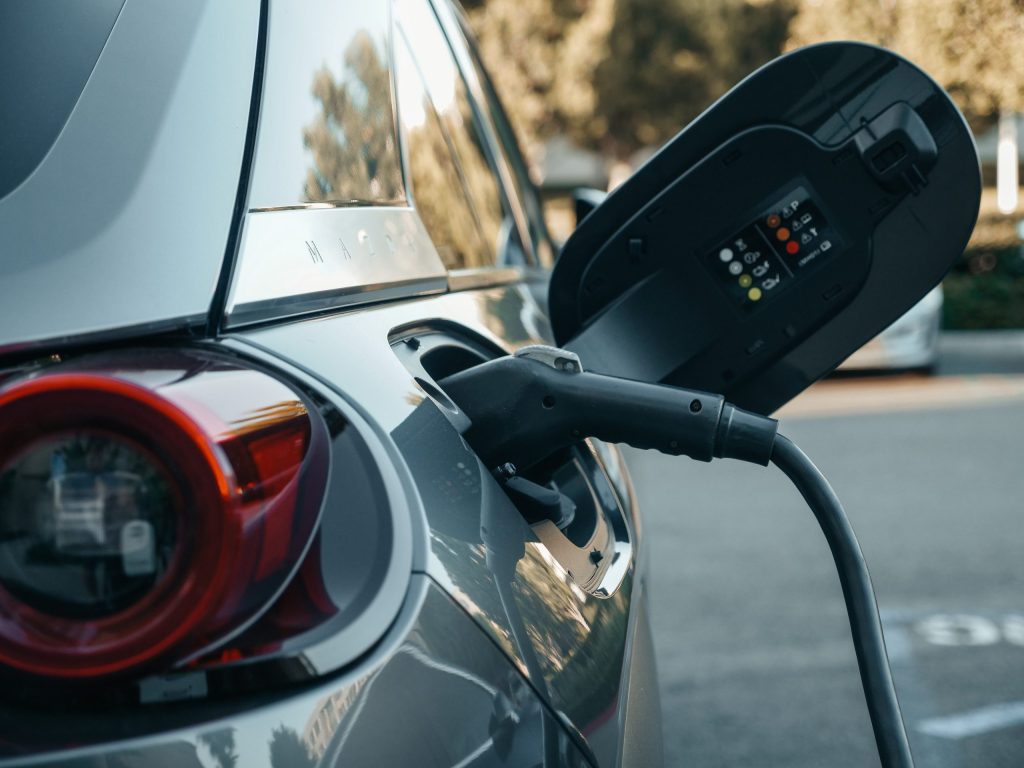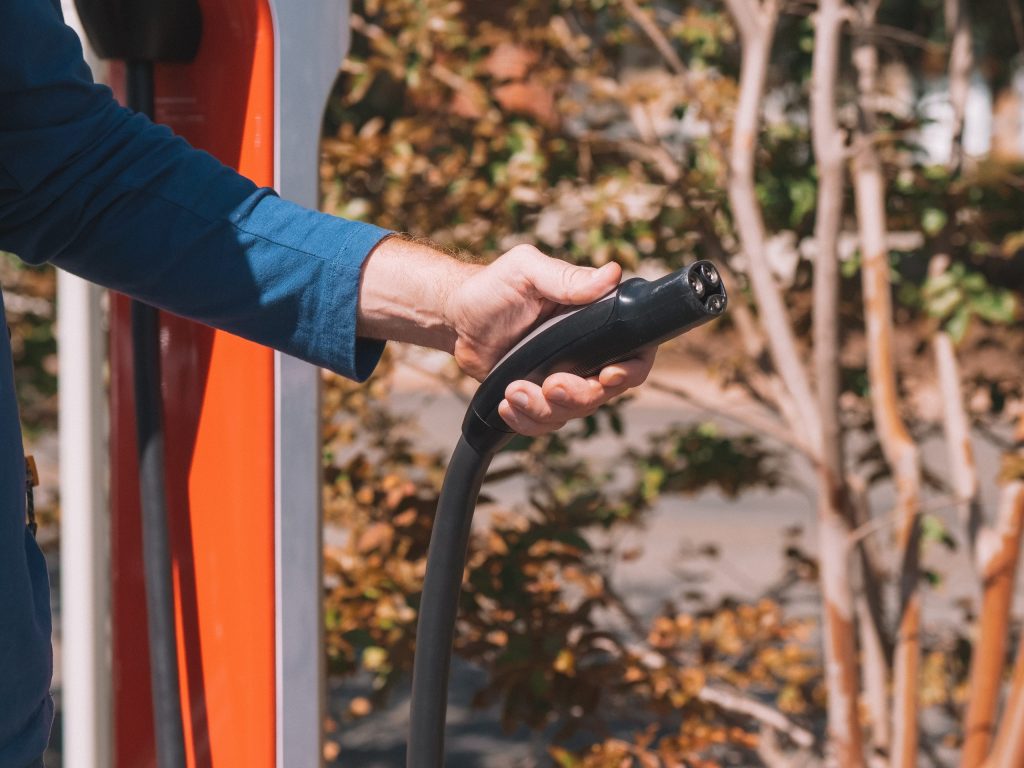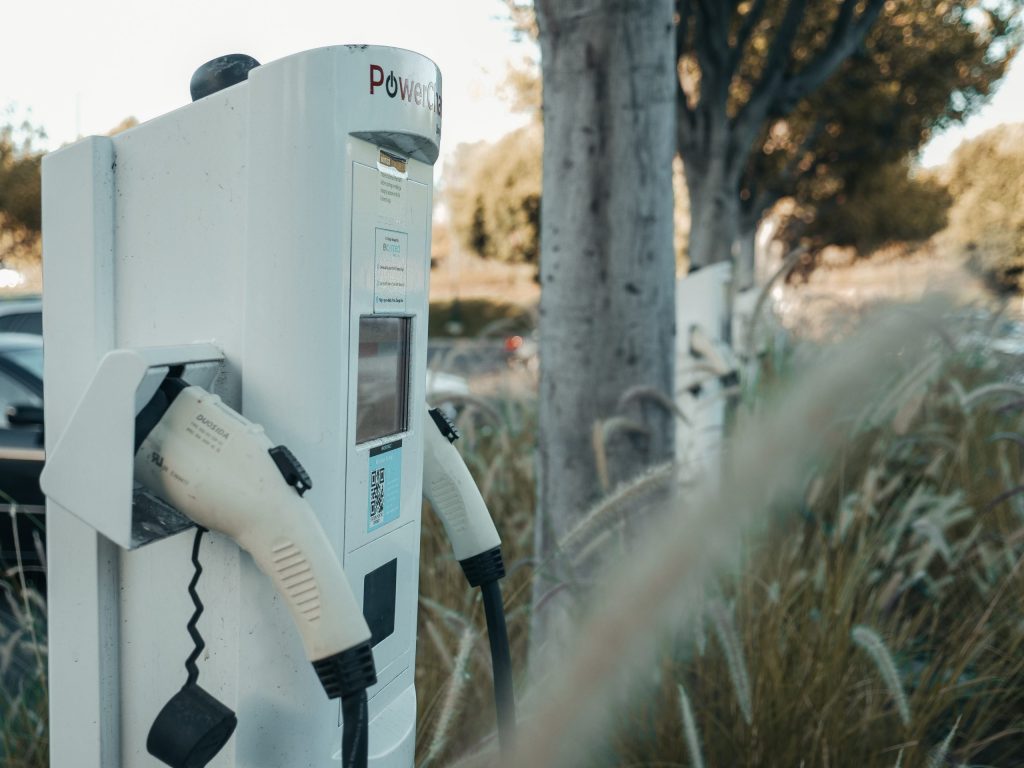Navigating Changes in the EV Charging Landscape: Insights on the GM & Ford Announcement
ramaker insights
Navigating Changes in the EV Charging Landscape: Insights on the GM & Ford Announcement
The electrical vehicle (EV) charging industry is abuzz with recent developments surrounding General Motors (GM) and Ford’s decision to provide adapters enabling their electric vehicles to utilize Tesla chargers. Naturally, these updates may have stirred some questions and concerns regarding the different charging technologies and the future of the EV charging landscape. However, rest assured that this news is no cause for fear or hesitation. In fact, these developments signify an important stride towards the expansion of nationwide EV charging access.
In this article, we will guide you through everything you need to know about these changes, what to expect moving forward, and the exciting prospects that lie ahead in the EV charging industry.

Background
The global EV market experienced a significant surge in sales in 2022, with EVs accounting for 14% of all vehicle sales—a figure projected to rise to 18% by the end of 2023. Although the US market lags behind the global numbers, EVs constituted nearly 6% of all car sales in 2022, with over 762,000 EVs sold. This represents a nearly 200% increase in the number of EVs sold in 2021, highlighting the exponential growth trend.
Beyond consumer demand, government initiatives and policies have also played a crucial role in shaping the EV market. The Inflation Reduction Act of 2022 extended the $7,500 tax credit for light-duty EVs until 2032, fostering continued demand. Tax credits are also available until 2030 for EV charging equipment and commercial EV purchases, reducing the upfront cost of EVs and making them more financially appealing.
As the world of electric vehicles continues to expand, understanding the different types of EV chargers becomes increasingly important. Here are a few key terms to keep in mind:
- CCS (Combined Charging System): CCS is an industry-standard charging plug that combines older charging standards into one. It supports both AC and DC charging, offering versatility for various EV models.
- NACS (North America Charging Standard, formerly known as the Tesla Charger): Initially developed by Tesla for their vehicles, NACS has evolved into a charging plug that is now used beyond Tesla cars. It can handle both AC and DC charging, providing a broader compatibility range for electric vehicles.
- J1772: This is a type of charging plug commonly found on Level 2 chargers. J1772 plugs are not likely to be impacted by the recent changes announced by GM and Ford. They primarily support AC charging at speeds up to 19 kW.

The Significance of Adapters in Light of Ford and GM’s Announcement
With the inclusion of CCS to NACS adapters in their 2024 model EVs, Ford and GM have highlighted the growing importance of adapters in the EV charging landscape. EV adapters enable compatibility between different charging standards and allow vehicles to connect and charge at stations that may have a different plug type or charging protocol. Adapters provide a practical solution to address compatibility concerns and bridge the gap between different charging technologies.
The use of adapters has become commonplace among EV drivers and has eliminated potential obstacles in charging accessibility. With the availability of adapters, property owners can confidently invest in either CCS or NACS charging infrastructure, knowing that compatibility with various electric vehicles, including Tesla models, can be easily achieved. This allows property owners to improve charging facilities and cater to a broader range of EV owners.
What Will This Mean Moving Forward?
As Ford and GM embark on their two-year transition towards the NACS charging standard, it’s worth highlighting that several other leading automakers, including Hyundai, Kia, Nissan, Audi, and Volkswagen, have shown no indication of deviating from the widely adopted CCS standard.
So, what does this mean? For those looking to invest in EV charging infrastructure, now is the opportune time, as the demand for both CCS and NACS charging technologies is expected to remain strong.
Regardless of whether property owners opt for CCS, NACS, or a combination of both, they can rest assured that their charging infrastructure will cater to the needs of a wide range of electric vehicles and remain in high demand for years to come. With adapters readily available and manufacturers actively supporting cross-standard compatibility, the transition to NACS and the presence of multiple charging options should not be a barrier to investing in EV charging infrastructure.
Ramaker’s EV Charging Guidance and Solutions
In this complex landscape, Ramaker stands ready to assist you. With our expertise and deep understanding of the EV charging industry, we can help navigate the intricacies of charger selection, installation, and future-proofing your charging infrastructure. Whether you have concerns about CCS, NACS, or any other charging technology, our team is equipped to guide you through the decision-making process and ensure you make choices that align with your specific needs and goals.
Are you ready to unlock the power of EV charging? Schedule a quick call with the Ramaker team.



